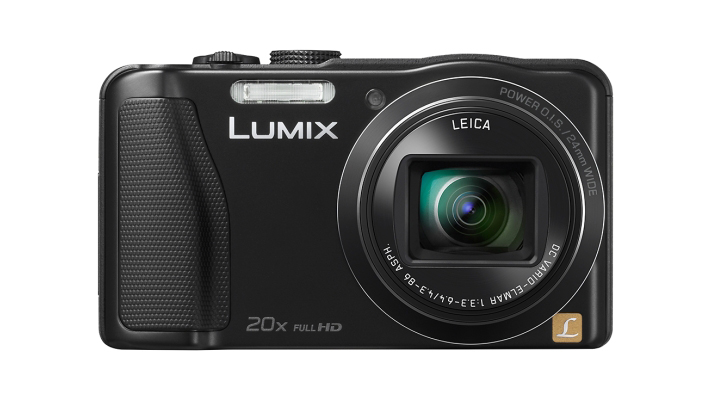Why you can trust TechRadar
The design and build of the Panasonic TZ35/ZS25 is very similar to its predecessor. Despite cramming a whopping 20x optical zoom lens into the body of the camera, Panasonic has still managed to produce a sleek and pocketable compact.
With a small grip on the right of the camera, it is pretty comfortable to hold, especially when shooting one-handed. With all of the controls on the right-hand side of the camera, you can change the majority of settings with your thumb.
At the top of the camera is a mode dial, which gives immediate access to all the different key functions the camera offers, such as semi-automatic modes and manual modes (P/A/S/M) and fully automatic, art and scene modes.
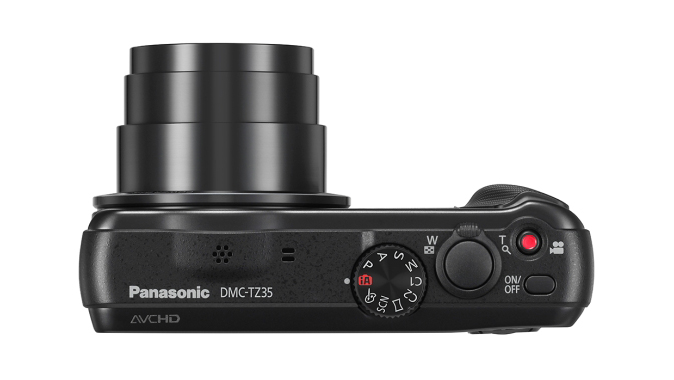
It's nice to see a mode dial on a travel compact such as this, since with some other models, you'll need to do a fair bit of menu diving to access what you need.
Handily, there's also space for two sets of custom settings to be stored, which is useful if you find you're often using the same group of settings, ie high sensitivity or monochrome.
Also on the top of the camera is the shutter release, around which a zoom switch can be found. This is fairly quick and fluid to use, which is especially good news given the extensive zooming capability of the lens.
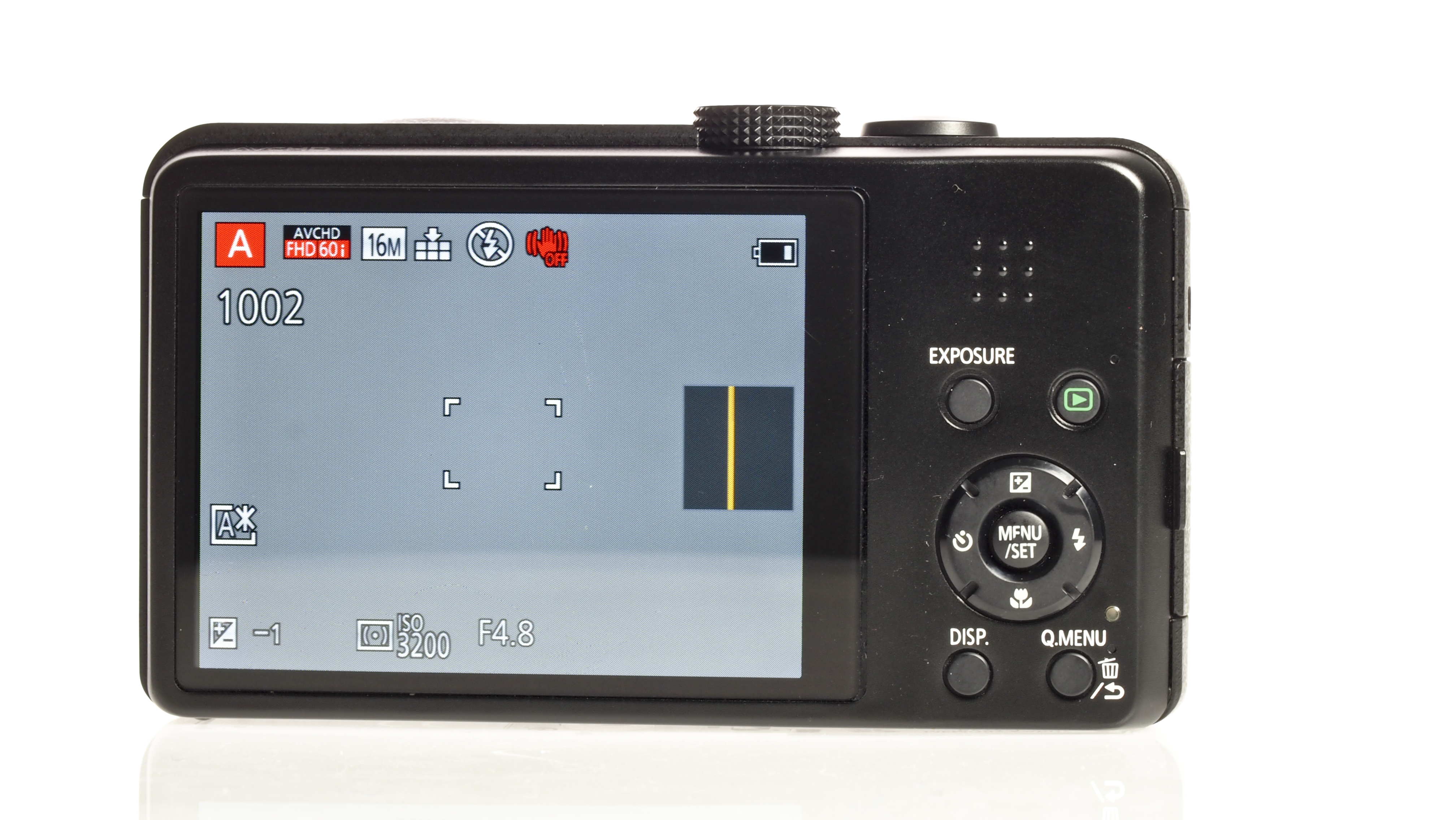
At the back of the camera is a familiar four-way control pad, which gives access to exposure compensation, flash settings, macro focusing and self-time. The centre MENU/SET button works as a confirmation button when combined with these other controls.
A Quick Menu is available, which is accessed via a dedicated button. This saves you having to delve into the menu to change key settings such as ISO or white balance. The amount of options available here changes, depending on the mode you're shooting in. For instance, in fully automatic mode, there's only a few different options available.
Just above the control pad is an Exposure button, which can be used when shooting in semi-automatic and fully manual modes. For instance, in aperture priority, hit the Exposure button to be able to alter the aperture.
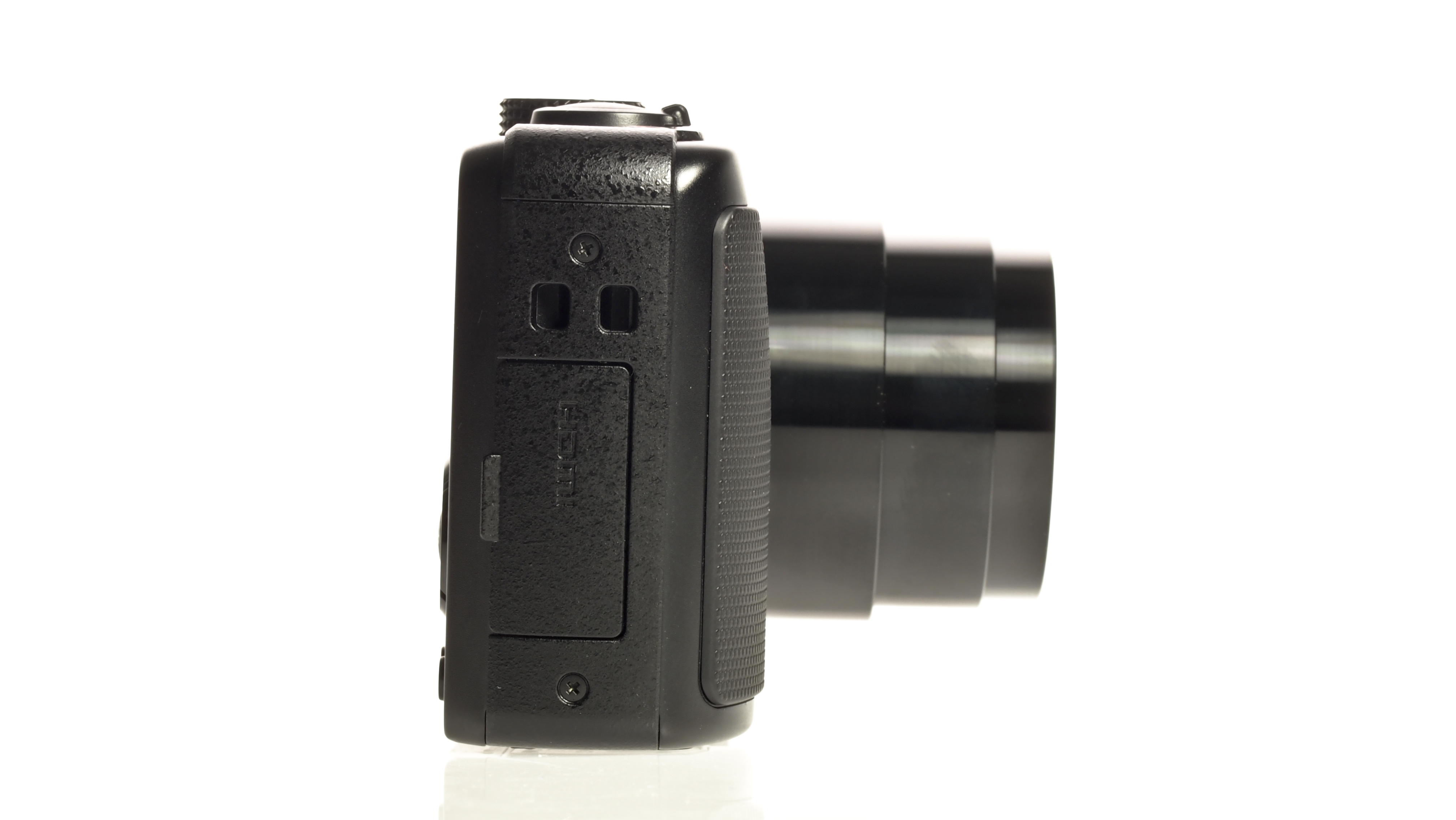
While in fully manual mode, this button can be pressed to access both shutter speed and aperture settings - requiring either an upwards, downwards, or left or right push on the directional keypad to make the changes.
Although much of the operation of the Panasonic TZ35 is very similar to its predecessor, one change for the better is the manner in which images are played back.
Previously, you needed to move from playback mode to shooting mode, which could get a little frustrating if you forgot to push the switch back. Now, however, there's a single playback button that can be accessed no matter what the mode.
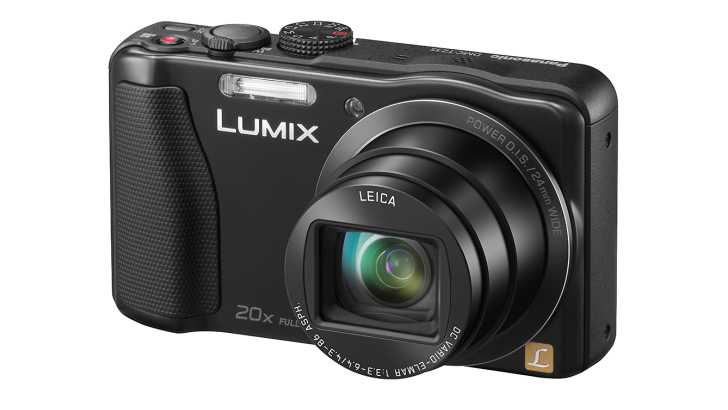
If you're familiar with Panasonic's G series of compact system cameras, then you'll be extremely at home with the menu operation of the Panasonic TZ35. It's reasonably well laid out, being separated into recording options (such as image size), motion picture options and general setup options (ie setting the clock).
You might find that if you use either fully automatic or semi-automatic with the Quick Menu that you rarely need to go into the menu, anyway.
Amy has been writing about cameras, photography and associated tech since 2009. Amy was once part of the photography testing team for Future Publishing working across TechRadar, Digital Camera, PhotoPlus, N Photo and Photography Week. For her photography, she has won awards and has been exhibited. She often partakes in unusual projects - including one intense year where she used a different camera every single day. Amy is currently the Features Editor at Amateur Photographer magazine, and in her increasingly little spare time works across a number of high-profile publications including Wired, Stuff, Digital Camera World, Expert Reviews, and just a little off-tangent, PetsRadar.
